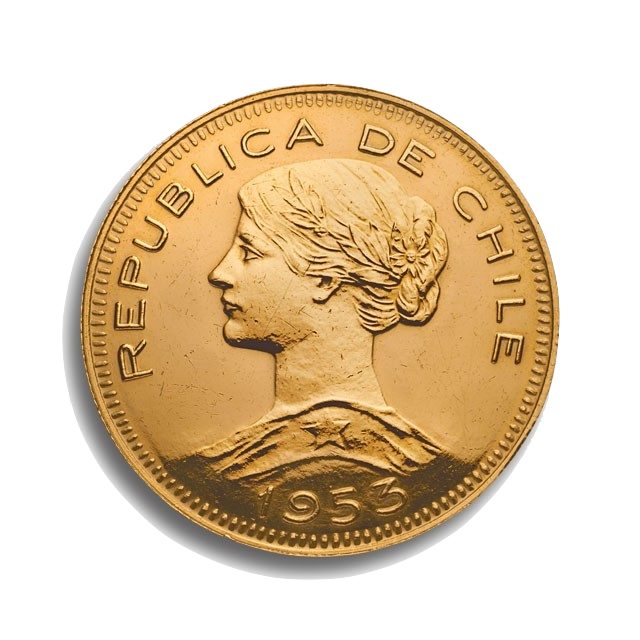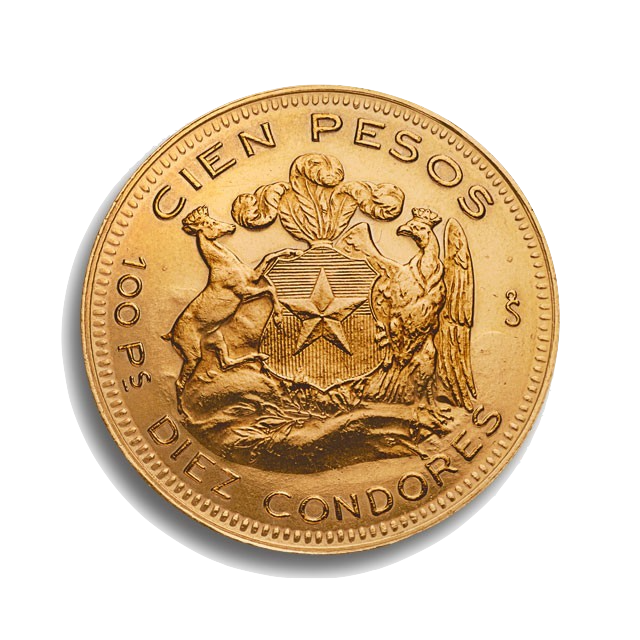April 11, 2018
Today we will see definitions
Be sure of understand them
If italic text
then Google it
Systems are in a state
state | stāt |
noun
- A nation or territory considered as an organized political community under one government:
- Germany, Italy, and other European states.
- United States.
- The particular condition that someone or something is in at a specific time
- water in a liquid state.
- The quantities of all items (circles) in a system.
The state of the system changes with time
In any fixed time, the state is a vector
- one value for each item
- Examples:
- Concentration of H, O, Water
- Number of cats and mice
- Number of primers and DNA molecules
In R each state is a row in the data frame
The first row is the initial state
The state today depends only on the past states
The “boxes” of the system do not change with time
The “rate” values are constant
The new state depends only on the past states, nothing else
If we know the initial state and rate constant, we can calculate everything
“An intelligence knowing all the forces acting in nature at a given instant, as well as the momentary positions of all things in the universe, would be able to comprehend in one single formula the motions of the largest bodies as well as the lightest atoms in the world; to it nothing would be uncertain, the future as well as the past would be present to its eyes.”
Pierre-Simon Laplace, French mathematician and astronomer (1749 – 1827)
These are called deterministic systems
All the future is determined
by the initial state
and the system rules
Science is the process of discovering the rules of Nature
We do experiments to discover the current state of the system
But experiments are never perfect
Can we really predict the future?
Sometimes we can predict
For example we have the water formation system
This program simulates the system
water_formation <- function(N, r1_rate=0.1, r2_rate=0.1, H_ini=1, O_ini=1, W_ini=0) {
W <- d_W <- rep(NA, N) # Water, quantity and change on each time
H <- d_H <- rep(NA, N) # Hydrogen
O <- d_O <- rep(NA, N) # Oxygen
W[1] <- W_ini
H[1] <- H_ini
O[1] <- O_ini
d_W[1] <- d_H[1] <- d_O[1] <- 0 # the initial change is zero
for(i in 2:N) {
d_W[i] <- r1_rate*H[i-1]*H[i-1]*O[i-1] - r2_rate*W[i-1]
d_O[i] <- -r1_rate*H[i-1]*H[i-1]*O[i-1] + r2_rate*W[i-1]
d_H[i] <- -2*r1_rate*H[i-1]*H[i-1]*O[i-1] + 2*r2_rate*W[i-1]
W[i] <- W[i-1] + d_W[i]
O[i] <- O[i-1] + d_O[i]
H[i] <- H[i-1] + d_H[i]
}
return(data.frame(W, H, O))
}
We simulate for different initial conditions
H_ini <- c(0.8, 0.9, 1.0, 1.1, 1.2)
ans <- data.frame(V1=water_formation(N=100, H_ini=H_ini[1])$H)
par(mar=c(5,4,1,1))
plot(ans$V1, ylim=c(0.4,1.1), ylab="Hydrogen", type="b")
for(i in 2:length(H_ini)) {
ans[[i]] <- water_formation(N=100, H_ini=H_ini[i])$H
points(ans[[i]], pch=i, type="b")
}
The final value of H changes a little
The initial values are:
H_ini
[1] 0.8 0.9 1.0 1.1 1.2
and the final values after 100 steps are:
ans[100,]
V1 V2 V3 V4 V5 100 0.4558742 0.5 0.543689 0.5872025 0.6307601
Small changes in initial state produces small changes in final state
Even if we make errors, their effect is not very important
Another system: Quadratic map
- A population that reproduces and dies
- Death happens in pairs (two incoming arrows)
- Death rate is A/2
- Birth rate is A-1
- If we know A, we know birth and dead rate
Formulas are easy to find
d_x[i] <- (A-1) * x[i-1] - 2 * A/2 * x[i-1]*x[i-1] x[i] <- x[i-1] + d_x[i]
in other words
x[i] <- x[i-1] + (A-1) * x[i-1] - 2 * A/2 * x[i-1]*x[i-1] x[i] <- A * x[i-1] - A * x[i-1]*x[i-1]
so finally
x[i] <- A * x[i-1] * (1 - x[i-1])
and the program is also easy to write
quad_map <- function(N, A, x_ini) {
x <- rep(NA, N)
x[1] <- x_ini
for(i in 2:N) {
x[i] <- A * x[i-1] * (1 - x[i-1])
}
return(x)
}
We simulate for different initial conditions
x_ini <- c(0.4, 0.45, 0.5, 0.55, 0.6)
ans <- data.frame(V1=quad_map(N=100, x_ini=x_ini[1], A=2))
plot(ans$V1, ylim=c(0,1), ylab="x", type="b")
for(i in 2:length(x_ini)) {
ans[[i]] <- quad_map(N=100, x_ini=x_ini[i], A=2)
points(ans[[i]], pch=i, type="b")
}
The final state is always the same
This is called attractor
Behavior depends on A. Here A=3
Now there are two final states.
This is a periodic attractor
Behavior depends on A. Here A=3.5
Now we have four final states.
Also a periodic attractor
Behavior depends on A. Here A=3.8
We do not see a pattern here
Behavior depends on A. Here A=3.95
Similar initial states, very different results
Small changes in x_ini, big changes in result
Initial values:
x_ini
[1] 0.40 0.45 0.50 0.55 0.60
Final values:
ans[100,]
V1 V2 V3 V4 V5 100 0.07712169 0.7034133 0.8541633 0.7034133 0.4900459
There is a Pattern
Here we see the final 500 states for different values of A  Homework: do this plot. More details later
Homework: do this plot. More details later
We cannot predict
well, not always
This is called “Butterfly Effect”
The fly of a butterfly in Istanbul can produce an hurricane in Mexico
Small changes have big consequences
But we can still say something
We cannot make exact predictions
But we can still say what is normal
What is the most probable behavior
We can identify patterns using the tools of …. (sound of drums)
Probabilities
Not about games and bets
People think that probabilities are about games
Instead they are really tools for thinking
Thinking about decisions when we have incomplete information
Thinking about the future
About the meaning of our experiment results
Do you need probabilities?
Do you travel?
- Which is the safest way to travel?
- Which is the fastest way to travel?
- How much do you want to pay for safety?
- How much do you want to pay for speed?
Do you buy insurance?
Sigorta
Travel insurance, Health insurance
- how much do you pay for it?
- How much you will get paid?
- Is it worth it?
Why do you study?
- You can work now and earn money today
- What if you fail this course?
- Why if you do not find a job?
Will you make experiments?
- How will you understand the results?
- Are the results just “random noise”?
- What are your expected results
- Allele frequency
- Success rate of a treatment
All these questions are about probabilities
To understand the idea we will use games
- Cards
- Coins
- Dice (one die, many dice)
maybe other toys that are easy to understand
These are just to have easy examples
What can happen: outcomes
Each device has a set of possible outcomes:
For example a die has the following outcomes
⚀ ⚁ ⚂ ⚃ ⚄ ⚅
Cards
🂡 🂢 🂣 🂤 🂥 🂦 🂧 🂨 🂩 🂪 🂫 🂭 🂮 🂱 🂲 🂳 🂴 🂵 🂶 🂷 🂸 🂹 🂺 🂻 🂽 🂾 🃁 🃂 🃃 🃄 🃅 🃆 🃇 🃈 🃉 🃊 🃋 🃍 🃎 🃑 🃒 🃓 🃔 🃕 🃖 🃗 🃘 🃙 🃚 🃛 🃝 🃞 🃟
Also Cards
♠︎♣︎♡♢
Four symbols can be used to represent DNA
A, C, G, T
Coins


Head, Tail also written as H, T
Doing the experiment is easy
just throw the dice
Simulating the experiment in R
We know how to represent outcomes
- Coin:
c("H","T") - Dice:
1:6 - Cards/DNA:
c("a","c","g","t") - Capital Letters:
LETTERS - Small Letters:
letters
Please take a sample()
Try this
sample(LETTERS)
[1] "V" "P" "H" "T" "A" "W" "N" "L" "Q" "X" "M" "R" "G" "F" "D" "B" "Z" "E" "S" "K" "O" "C" "U" "Y" "I" "J"
sample(LETTERS)
[1] "W" "E" "S" "T" "K" "P" "Q" "U" "X" "H" "I" "V" "N" "R" "Z" "C" "B" "O" "F" "M" "Y" "L" "G" "A" "J" "D"
sample() is shuffling
The output has the same elements of the input but in a different order
Each element appears only once
The order changes every time
Choosing the sample size
Try this
sample(LETTERS, size=10)
[1] "E" "H" "V" "Y" "C" "I" "T" "M" "B" "F"
We get 10 letters. Some, but not all input elements
Each element appears only once
Sampling many elements
Try this
sample(c("H","T"), size=10)
Error in sample.int(length(x), size, replace, prob): cannot take a sample larger than the population when 'replace = FALSE'
We run out of elements
Sampling with replacement
Try this
sample(c("H","T"), size=10, replace=TRUE)
[1] "H" "T" "T" "H" "H" "H" "H" "H" "H" "H"
Each element can appear several times
Shuffle, take one, replace it on the set
Most of times we will use sample() with replace=TRUE
Is there a pattern in the result?
table(sample(c("a","c","g","t"), size=40, replace=TRUE))
a c g t 15 6 9 10
table(sample(c("a","c","g","t"), size=40, replace=TRUE))
a c g t 12 9 10 9
table(sample(c("a","c","g","t"), size=40, replace=TRUE))
a c g t 6 12 11 11
Each result is different
Is there a pattern in the result?
table(sample(c("a","c","g","t"), size=400, replace=TRUE))
a c g t 107 92 98 103
table(sample(c("a","c","g","t"), size=400, replace=TRUE))
a c g t 97 96 107 100
table(sample(c("a","c","g","t"), size=400, replace=TRUE))
a c g t 94 120 103 83
When size increases, the frequency of each letter also increases
Is there a pattern in the result?
table(sample(c("a","c","g","t"), size=4000, replace=TRUE))
a c g t 973 1030 1025 972
table(sample(c("a","c","g","t"), size=4000, replace=TRUE))
a c g t 988 1015 1007 990
table(sample(c("a","c","g","t"), size=4000, replace=TRUE))
a c g t 988 1014 1002 996
When size increases, the frequencies change less
Is there a pattern in the result?
table(sample(c("a","c","g","t"), size=40000, replace=TRUE))
a c g t
10062 9894 9974 10070
table(sample(c("a","c","g","t"), size=40000, replace=TRUE))
a c g t
10075 9936 9813 10176
table(sample(c("a","c","g","t"), size=40000, replace=TRUE))
a c g t
10016 9900 9888 10196
Each frequency is very close to 1/4 of size
Is there a pattern in the result?
table(sample(c("a","c","g","t"), size=400000, replace=TRUE))
a c g t
99403 100022 100687 99888
table(sample(c("a","c","g","t"), size=400000, replace=TRUE))
a c g t
100019 99766 100393 99822
table(sample(c("a","c","g","t"), size=400000, replace=TRUE))
a c g t
100400 99938 99722 99940
If size increases a lot, the relative frequencies are 1/4 each
The sum of Relative Frequencies is 1
Absolute frequency is how many times we see each value
The sum of all absolute frequencies is the Total number of cases
Relative frequency is the proportion of each value in the total
The sum of all relative frequencies is always 1.
- Relative frequency = Absolute frequency/Total number of cases
Relative Frequencies in our example
table(sample(c("a", "c", "g", "t"), size=1000000, replace=TRUE))/1000000
a c g t
0.250158 0.250116 0.250453 0.249273
What is the final relative frequency?
What will be each relative frequency when size is
BIG
In this case we can find it by thinking
- There are 4 possible outcomes, and they are symmetrical
- There is no reason to prefer one outcome to the other
- Therefore all relative frequencies must be equal
- Therefore each one must be 1/4
This ideal relative frequency is called Probability
Probabilities
Each device or random system may have some preferred outcomes
All outcomes are possible, but some can be probable
In general we do not know each probability
But we can estimate it using the relative frequency
That is what we will do in this course